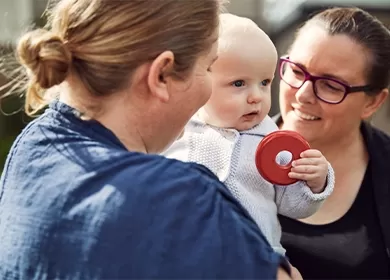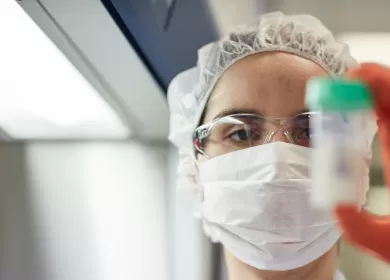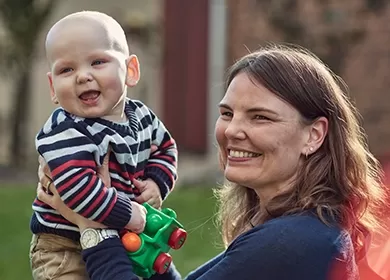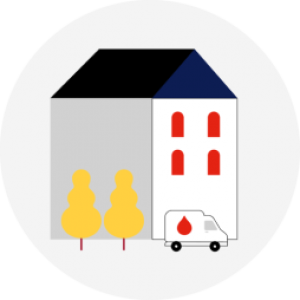The journey of milk
Have you ever wondered what happens to breast milk that’s donated to Lifeblood? Before these generous donations are used to feed the tiniest Australians, we process and test the milk to make sure it’s as safe as can be for vulnerable babies.
Donating
Donor coordinators (nurses and lactation consultants) go either to donors’ homes or to local hospitals (if a mum has a premature baby who has been in the NICU and is donating extra milk she has expressed there) in Sydney, Adelaide or Brisbane. They collect the milk and bring it back to Lifeblood’s Sydney or Brisbane Processing Centres in special eskies. If the mum is donating for the first time, the Donor Coordinators also take a small sample of their blood for health tests.
Processing
Every bag of milk that’s donated is weighed, labelled and entered into our computer system. When it’s time to process the milk, it’s thawed and donations from one donor are combined in a big jug to create a batch. A special machine distributes the batch among bottles. The bottles are then loaded into wire baskets and put in a pasteuriser, a machine that heats the milk to 63 ⁰C for 30 minutes and quickly chills it again. This kills many of the bacteria and viruses that may be present in milk. Once milk comes out of the pasteuriser, it goes back in the freezer until all the test results are in.
Testing
Small samples of milk are taken from each batch before and after it’s pasteurised. These samples are tested by a food safety lab to make sure that the pasteurisation process worked.
Final steps
Once the milk has been given a good bill of health, it’s stored in a dedicated freezer in the milk processing centre. Nurses email orders to the processing centre and our staff pack up the needed numbers of bottles. The order is then sent via courier to hospitals around Sydney and Brisbane or, if it’s going to a NICU in another state, makes its way to the airport.
Who receives the milk?
There are two groups of special babies who receive this milk. The first is premature babies born very early, the second is babies who are very tiny, weighing under 1500 grams, and are being cared for in neonatal intensive care units. When these vulnerable babies don’t have access to enough of their own mum’s milk, donated breast milk can help them meet their nutritional needs. It’s just one of the ways Lifeblood is supporting more in more ways than ever before.
Heartbeat of the nation
We’ve helped to feed more than 2600 babies since the launch of our milk program, but there’s still a lot to learn. We partner with clinicians and researchers across Australia to learn more about the best practices for caring for premature babies. By making a financial donation, you can help advance Lifeblood’s research and development programs, so we can make a bigger difference beyond blood. Find out more here.




